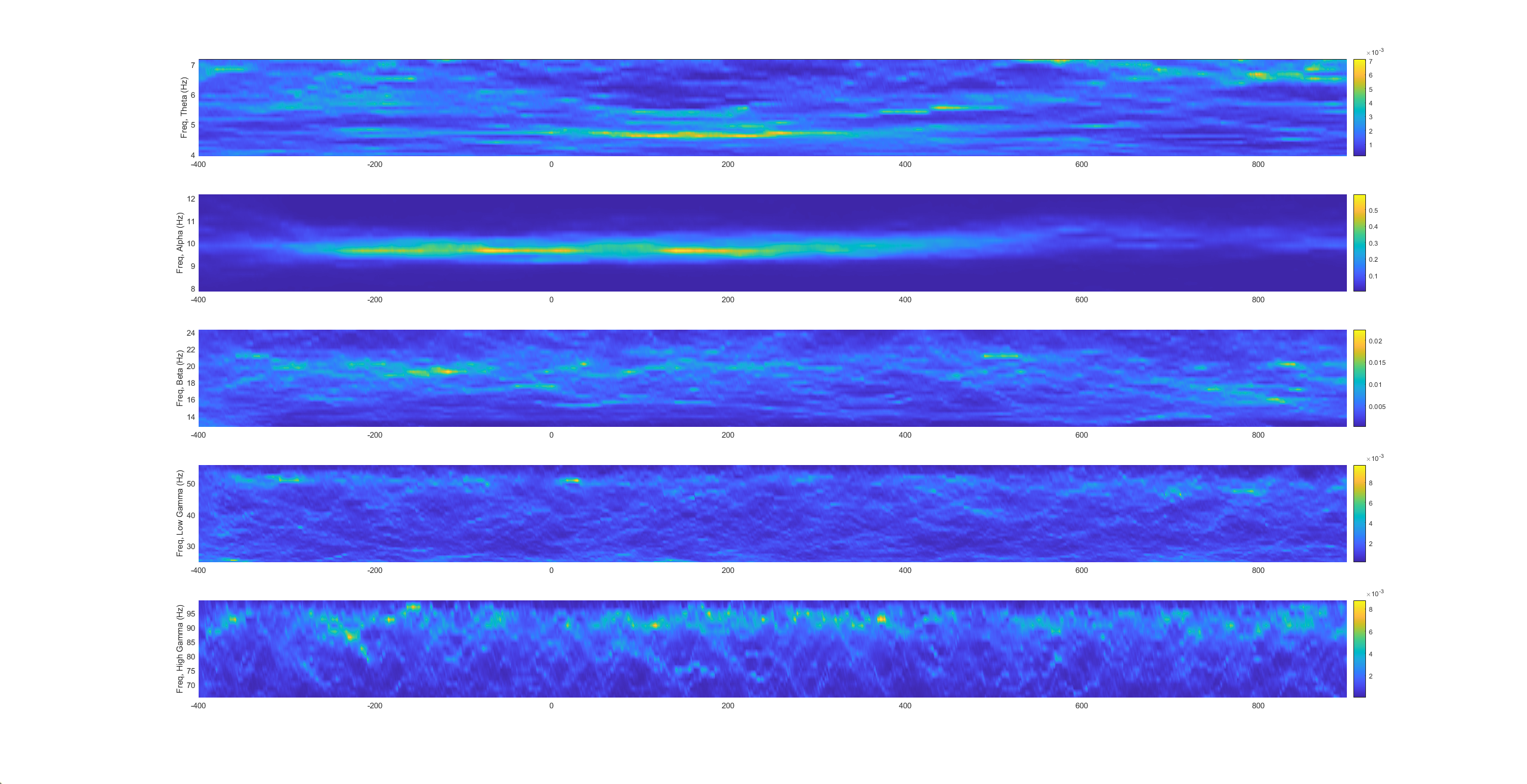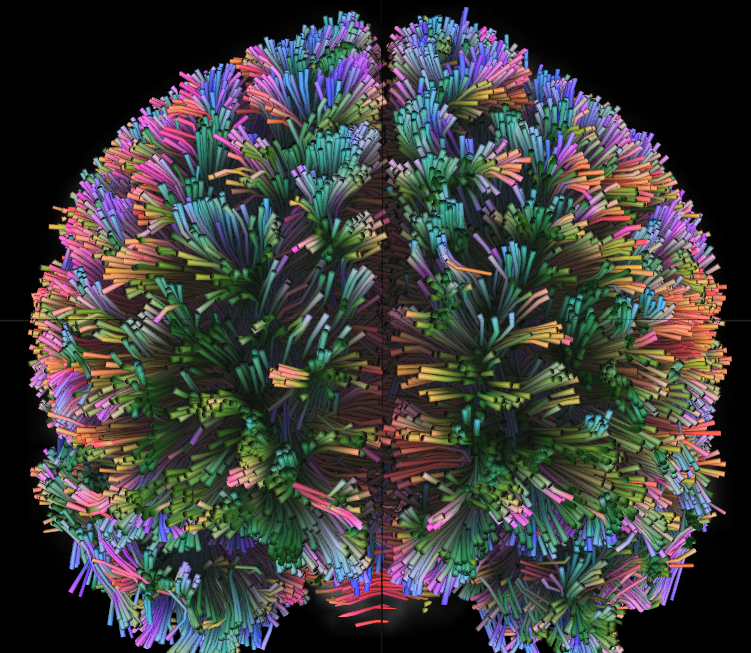
Structural and Functional Neuroplastic Changes from Action Video Gaming: Brain-Behavior Links to Response Times
Action video games immerse the gamer in a fast-paced, challenging environment that heavily taxes vision-based decision-making. Gamers must rapidly process visual information and make swift yet accurate decisions, often refining their skills through many hours of dedicated play. Our published findings offer robust evidence of enhanced structural and functional connectivity within the dorsal visual stream, highlighting the influence of video game experience on neuroplasticity. The dorsal stream is crucial for visuomotor integration, and since we screened for right-handed participants in this study, this could explain why functional connectivity in this part of the left DVS is elevated in gamers, given the standard lateralization of the brain, and why functional connectivity measures in this region are significantly linked with response times.
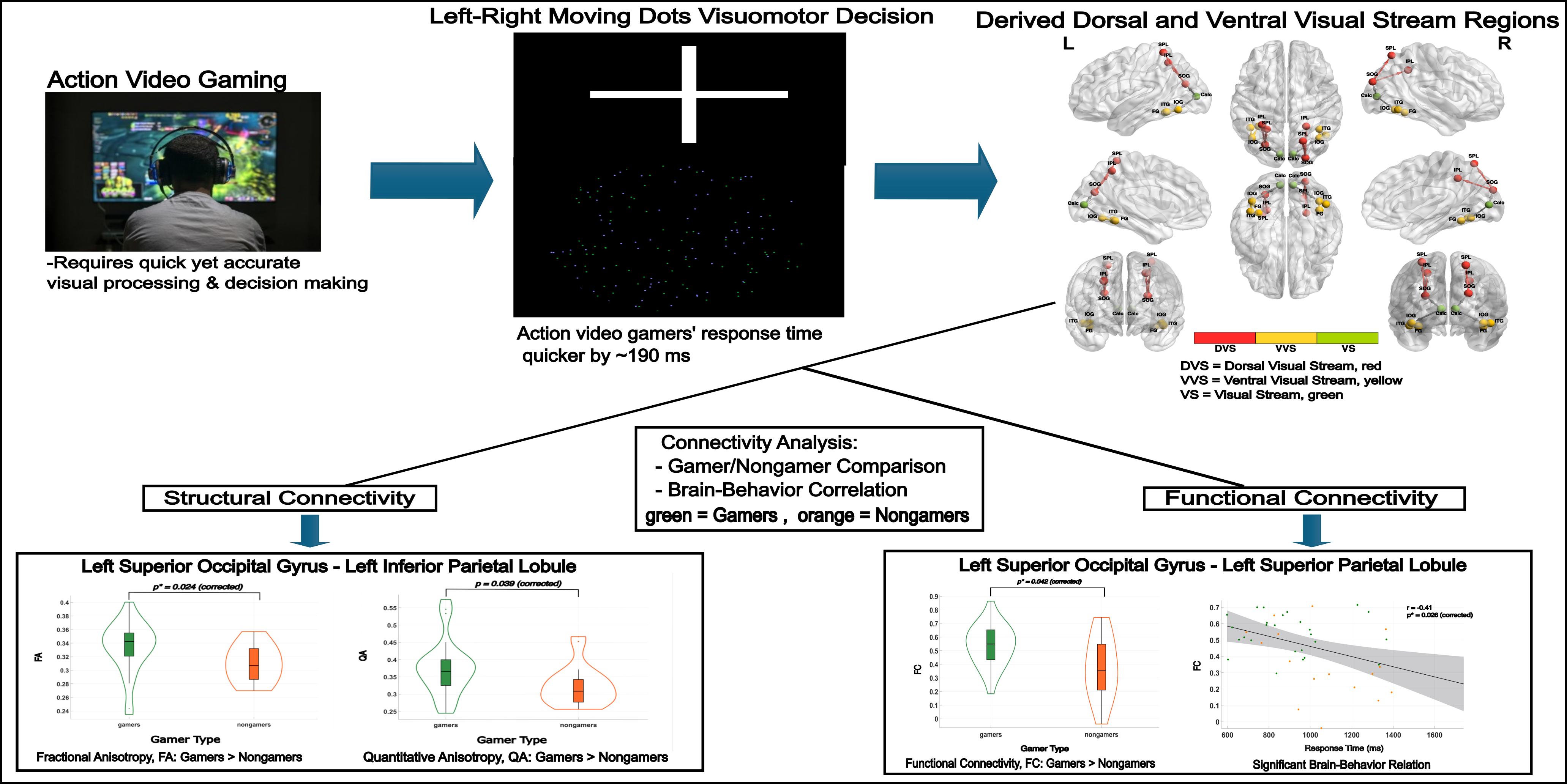 Currently, we are working on extending our analysis by utilizing the functional and structural connectivity methods implemented in our previous study to the whole brain in a data driven approach to expand upon our understanding of brain-wide neuroplastic changes due to long-term exposure to action video game playing. The demonstrated capacity of video games to promote neuroplasticity suggests their potential utility in designing tailored interventions to strengthen attention, visuomotor coordination, and reaction times in non-clinical populations. The MRI analysis methods used here may be extended to investigate clinical populations, offering a foundation for exploring how targeted interventions, such as video game-based cognitive training, might support rehabilitation efforts in individuals with impaired cognitive or motor functions.
Currently, we are working on extending our analysis by utilizing the functional and structural connectivity methods implemented in our previous study to the whole brain in a data driven approach to expand upon our understanding of brain-wide neuroplastic changes due to long-term exposure to action video game playing. The demonstrated capacity of video games to promote neuroplasticity suggests their potential utility in designing tailored interventions to strengthen attention, visuomotor coordination, and reaction times in non-clinical populations. The MRI analysis methods used here may be extended to investigate clinical populations, offering a foundation for exploring how targeted interventions, such as video game-based cognitive training, might support rehabilitation efforts in individuals with impaired cognitive or motor functions. 
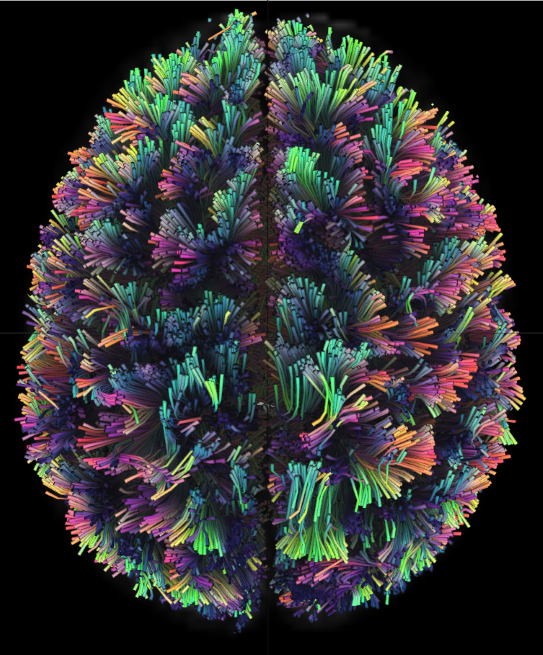
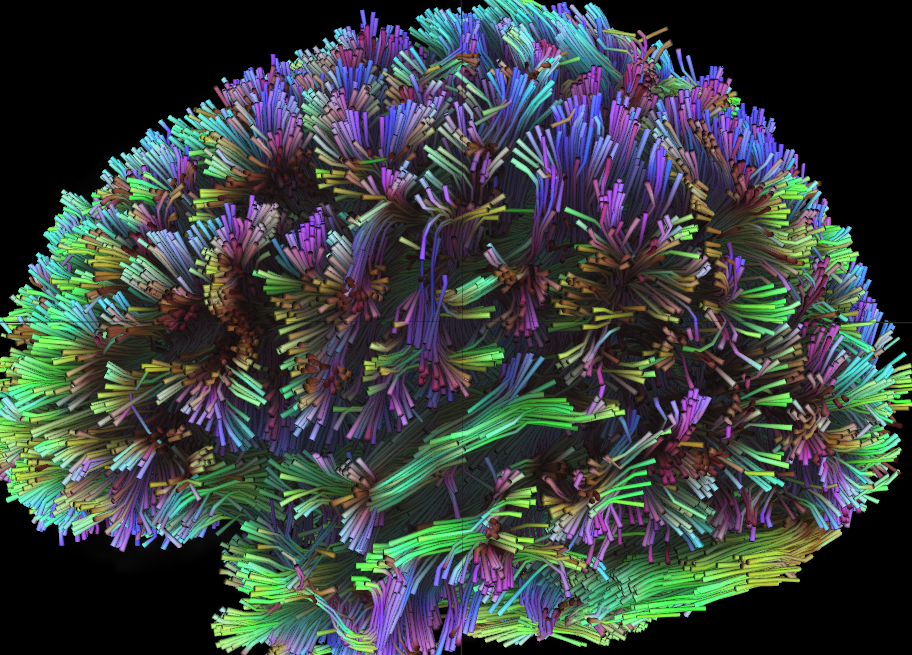
NEURAL CORRELATES OF JAZZ IMPROVISATION & FLOW
The flow state has been described as the human experience in which an individual is completely immersed in an intrinsically rewarding task. Here, functional magnetic resonance imaging (fMRI) data as well as subjective ratings of performance quality and flow were collected during experimental improvisatory tasks and compared to control tasks in which participants verbalized or imagined a pre-learned melody. Participants were 22 artist-level jazz musicians with various instrument specialties.
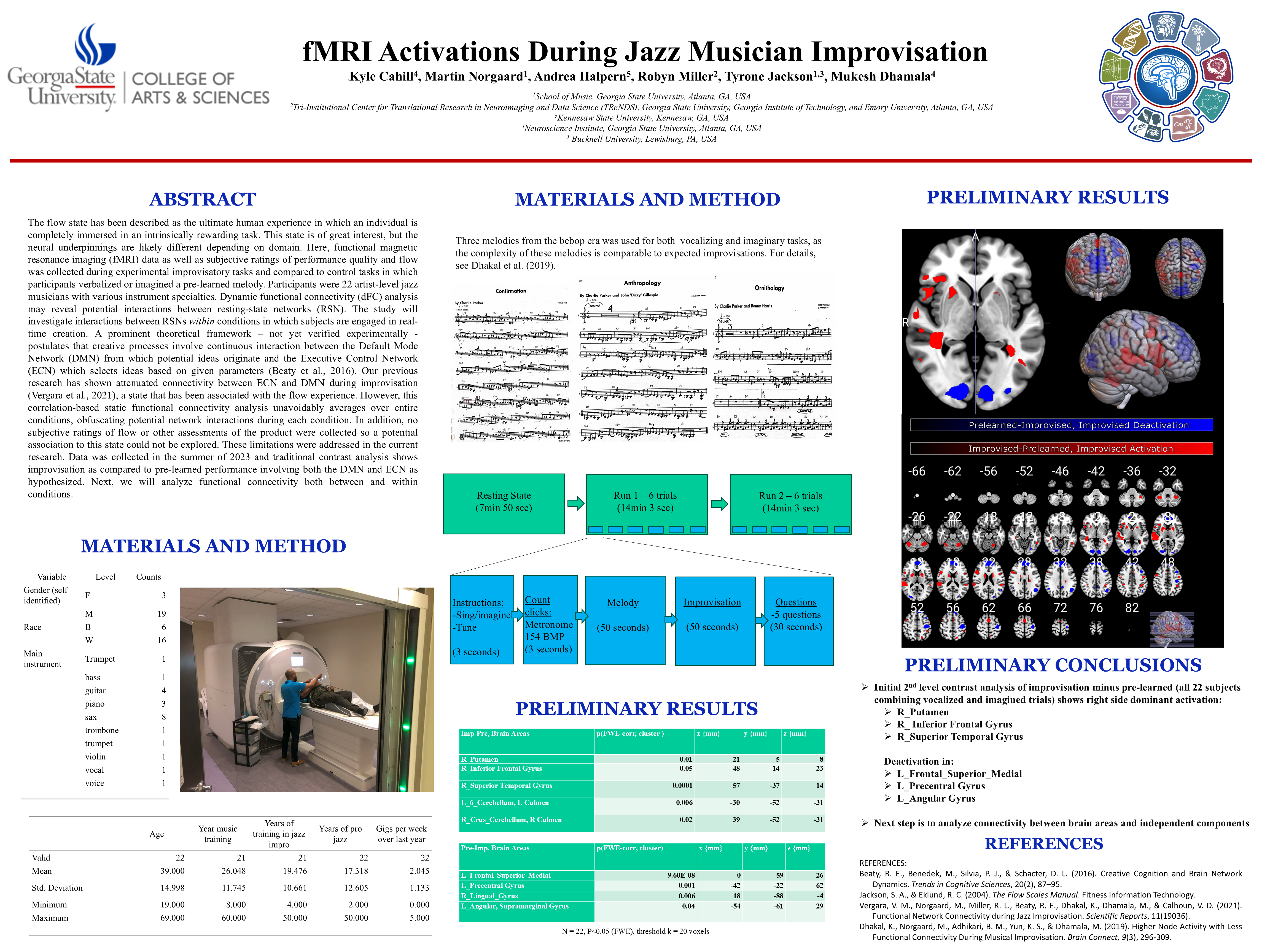
Next step is to analyze connectivity between brain areas and independent components.
Methodological Improvements in Frequency Resolution in EEG Channel Analysis
A synchro-squeezed wavelet transform program that I constructed for EEG power and coherence analysis yielded a net gain over threefold in overall frequency resolution compared to the continuous wavelet transform method allowing a clear deliniation of the power and coherence over time across canonical neural frequency bands in an EEG experiement involving a touch-perception task.
